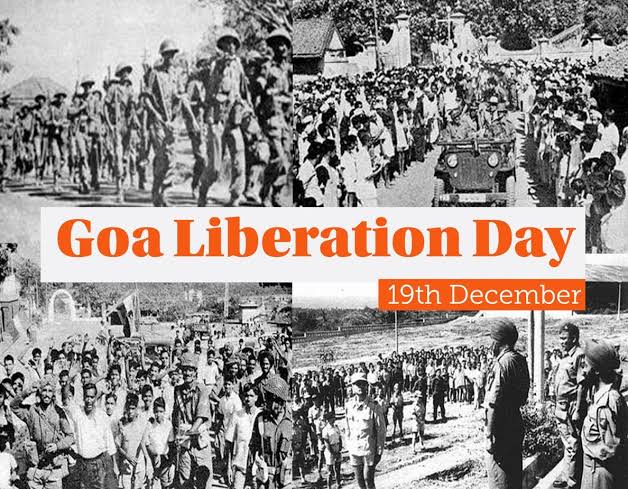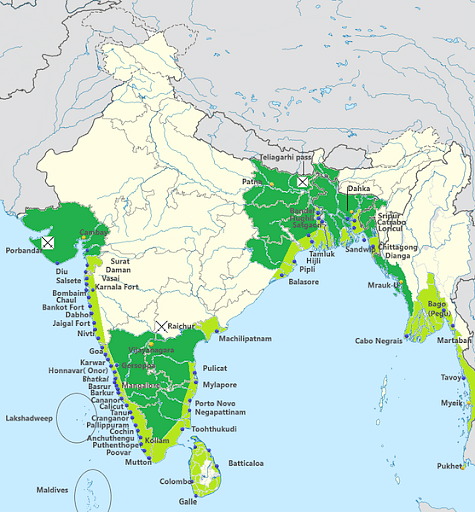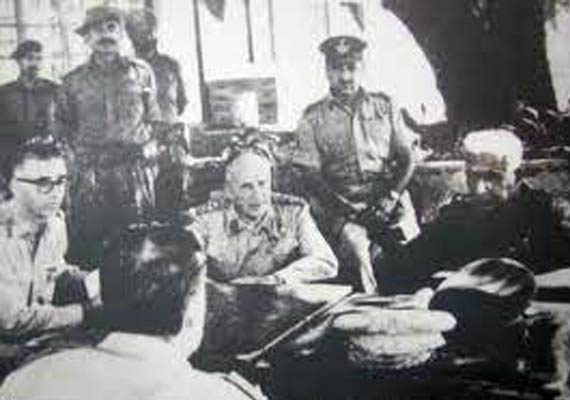19th December is celebrated as Goa Liberation Day. 61 years ago, in 1961 the region of Goa became a part of the Indian union. The freedom struggle of Goa is referred to as the Goa Liberation Movement. The movement lasted for over a century.
Here are a few important points you need to know about the movement –
Portuguese In India
Unlike the British, the Portuguese started colonising India from the eastern coast of the country. After entering the shores of the country in 1510, they got control over important regions such as Dadra, Diu, Daman, Goa, and Nagar Haveli by the late 19th century.

Goa Liberation Day: December 19 – GKToday
The Early Struggle
There were a total of 14 local revolts against the foreign Portugal rule in Goa. The revolts were also referred to as the ‘Conspiracy of the Pintos’ (1787). These uprisings saw limited success as they did not have the support of the majority in the region. However, in the early half of the 20th century, there were also several non-violent protests against Portugal’s power.
In 1787, there was an attempt to overthrow the Portuguese and replace their rule with the rule of Tipu Sultan. The movement, however, failed to meet its end.

Portuguese Settlements in India – Credits : Prepp
Development in the early 20th Century
Several events took place in Portugal which added to the Goa Liberation Movement. As the people of Goa started to voice out their dissent against the government, a law was passed in 1917, called ‘Carta Organica’ which oversaw the civil liberties of Goans.

Credits : Swarajya
Besides, the Portuguese masters of Goa also implemented several restrictive measures to curb the anti-colonial voices. Censorship of the Press was one of the measures to limit the voice of the masses. While the publications were allowed to publish pro-government propaganda, strict action was taken against those who would go against the power.
Role of the Church
The Portuguese Catholic Church played a crucial role in diverting the Goan Christians away from the movement. They supported pro-colonial policies and asked their followers to do the same. According to “The Church in Goa: Giving to Caesar What is Caesar’s?” by Teotonio R. de Souza, the Portuguese Catholic Church in Goa issued over 60 letters to the priests asking them to preach to their congregations that salvation was laid with the Portuguese. They also asked the priests to discourage the followers from forming cultural or political relationships with India.
The Movement Intensified
The movement gained pace after the independence of India. While the National Congress Goa relied on nonviolent means and Satyagrah for freedom, the ‘Azad Gomantak Dal’ called out for a more aggressive approach. However, the authorities treated both camps of protestors, similarly.
Besides, the state of India put in active efforts for the liberation. The regions of Gujarat, Maharashtra, and Karnataka also provided their assistance for the same.

Operation Vijay Goa resulted in the signing of Treaty Of Surrender
Following a series of failed discussions with the Portuguese government, the Indian Government ordered military action to take over Goa. The operation lasted two days (18 and 19 December 1961). After some resistance, Manuel Antonio Vassalo e Silva signed an instrument of surrender to the Indian government.



















































































